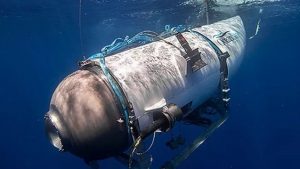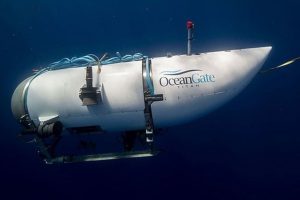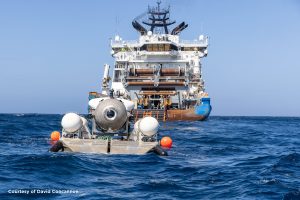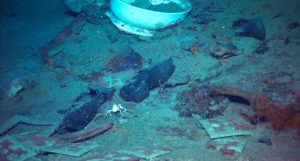The recent tragedy that claimed the lives of five individuals aboard the Titan submersible during a voyage to the wreckage of the Titanic has sparked a significant debate regarding the future of human trips to the iconic site.
Charles Haas, the president of the Titanic International Society, has called for a serious evaluation of the risks involved and the necessity of such expeditions.
The Titanic International Society, founded in 1989, has been dedicated to preserving the history of the Titanic and raising awareness about its significance. In a statement published online, Haas expressed his concerns about the continuation of human trips to the deep-sea wreck, especially considering the limited knowledge that remains to be gained from further visits.
Haas highlighted the advancements in technology that now allow for the use of autonomous underwater vehicles (AUVs) in surveying the wreck. Last summer, AUVs successfully mapped the ship and its debris field in high-resolution, 3-D detail. With the capabilities of AUVs expanding, there is a growing question of whether crewed submersibles are still necessary for exploration and research purposes.
The tragic incident involving the Titan submersible has raised questions about the design, structure, communication systems, safety protocols, and emergency preparations of deep-sea vessels. Haas has called for a thorough investigation by relevant authorities, such as the US Coast Guard, the National Transportation Safety Board, and their Canadian counterparts.
The goal of such an investigation would be to identify the causes of the accident and to establish more stringent regulations and safety measures for future expeditions.
Furthermore, Haas paid tribute to Commander Paul-Henri Nargeolet, who had extensive knowledge and experience of the wreck. Nargeolet’s expertise had been invaluable in documenting the Titanic’s condition and rewriting parts of its history. Unfortunately, with his tragic loss, a wealth of irreplaceable knowledge has been extinguished.
Renowned film director James Cameron, who has visited the Titanic wreck multiple times, has also voiced concerns about the safety of submersibles and the need for proper certification and evaluation of their capabilities before carrying passengers.
Also Read: James Cameron has made 33 trips to Titanic wreckage, including one on 9/11
As the world mourns the loss of lives in this avoidable tragedy, the call to end human trips to the Titanic’s wreck grows louder. It is a time for reflection, reevaluation, and the prioritization of safety. The preservation of history and the exploration of the Titanic’s legacy can be achieved through alternative means, ensuring the safety of those involved in the process.





